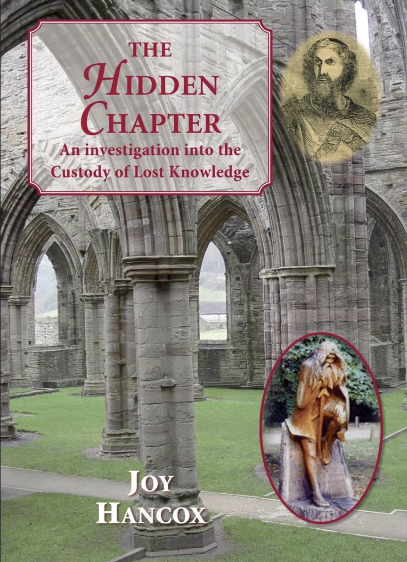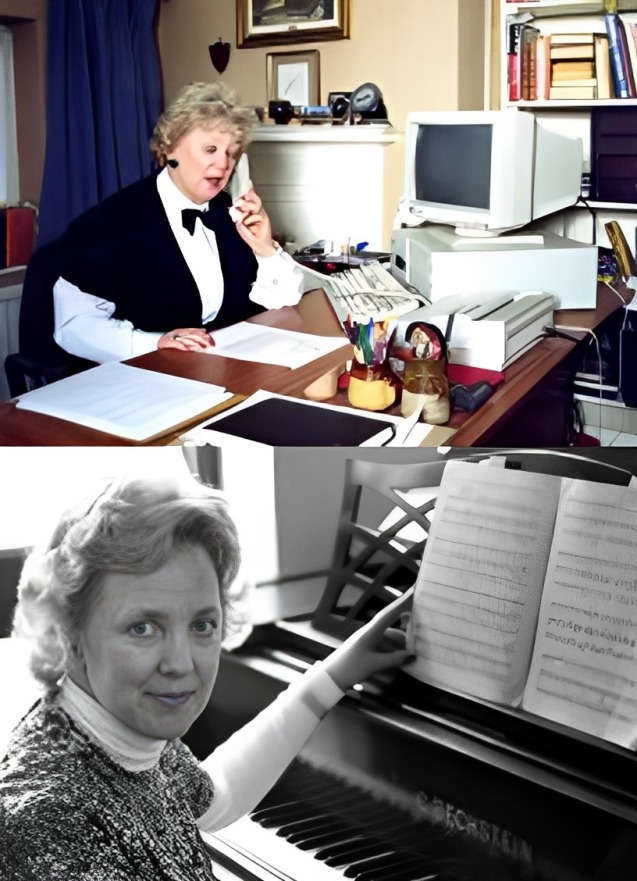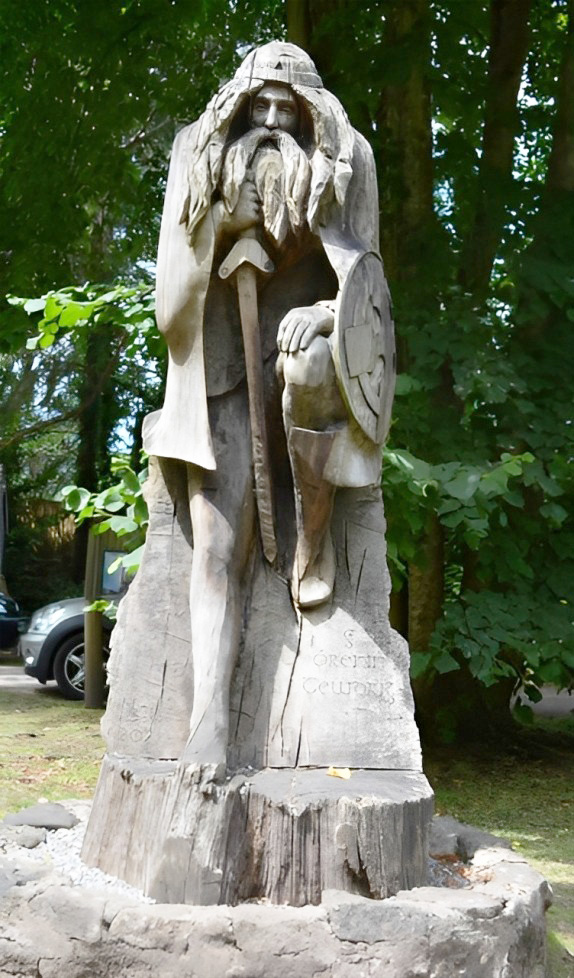Byrom Projects


John Byrom lived through the unsuccessful Jacobite uprisings of 1715 and 1745 and was known to have been a secret Jacobite, yet he escaped the punishment meted out to many for their treason. The degree of his immunity can be gauged from the fact that in November 1748 he was asked to transcribe and read to aristocratic friends in London a letter from Paris written in his own shorthand describing the arrest of Prince Charles Edward Stuart by the French and his treatment. The letter ends “it is treason” now to say that he was tied or “ill-used”. John Byrom was careful not to record in his own journal the name of his correspondent, but it is an indication of his standing with the great and the good. This incident alone belies the commonly accepted view that John Byrom was simply a minor eighteenth century figure.
Joy Hancox became fascinated by the intrigues that seemed to gather around John Byrom, politically, socially and intellectually. Barred from any public office because he had refused to swear allegiance to the Hannoverian succession, he never bought a property, nor had any inclination to do so. He led a nomadic life in London moving between various coffee houses and inns during the season and then returning to Manchester. Despite having a wife and children there of whom he was fond, he cultivated a deliberate independence. At the same time the Byrom family of Manchester was rising in prosperity as the town rose with the growth of the cotton industry.
As the years went by and Joy Hancox’s resource of original material expanded, she became convinced that Byrom’s role in history had been diminished both intentionally and by the hazards of time. As a Freemason he was restricted by the rules of membership, which during his lifetime had afforded a protection for some of his activities. Even so his life demonstrates that things are not always as they seem. His Jacobite activities brought him into contact with a previous tenant of her own home, Thomas Siddal. He did suffer the ultimate punishment for his Jacobite loyalties and in the process provided cover for some of John Byrom’s own treasonable behaviour.
Eventually, Joy Hancox learned that they were connected with a prestigious European family of printers, the de Bry dynasty. The family had been particularly prominent in the seventeenth century, publishing writers such as Robert Fludd and Richard Hakluyt and carrying out commissions for the royal family of Stuarts.

